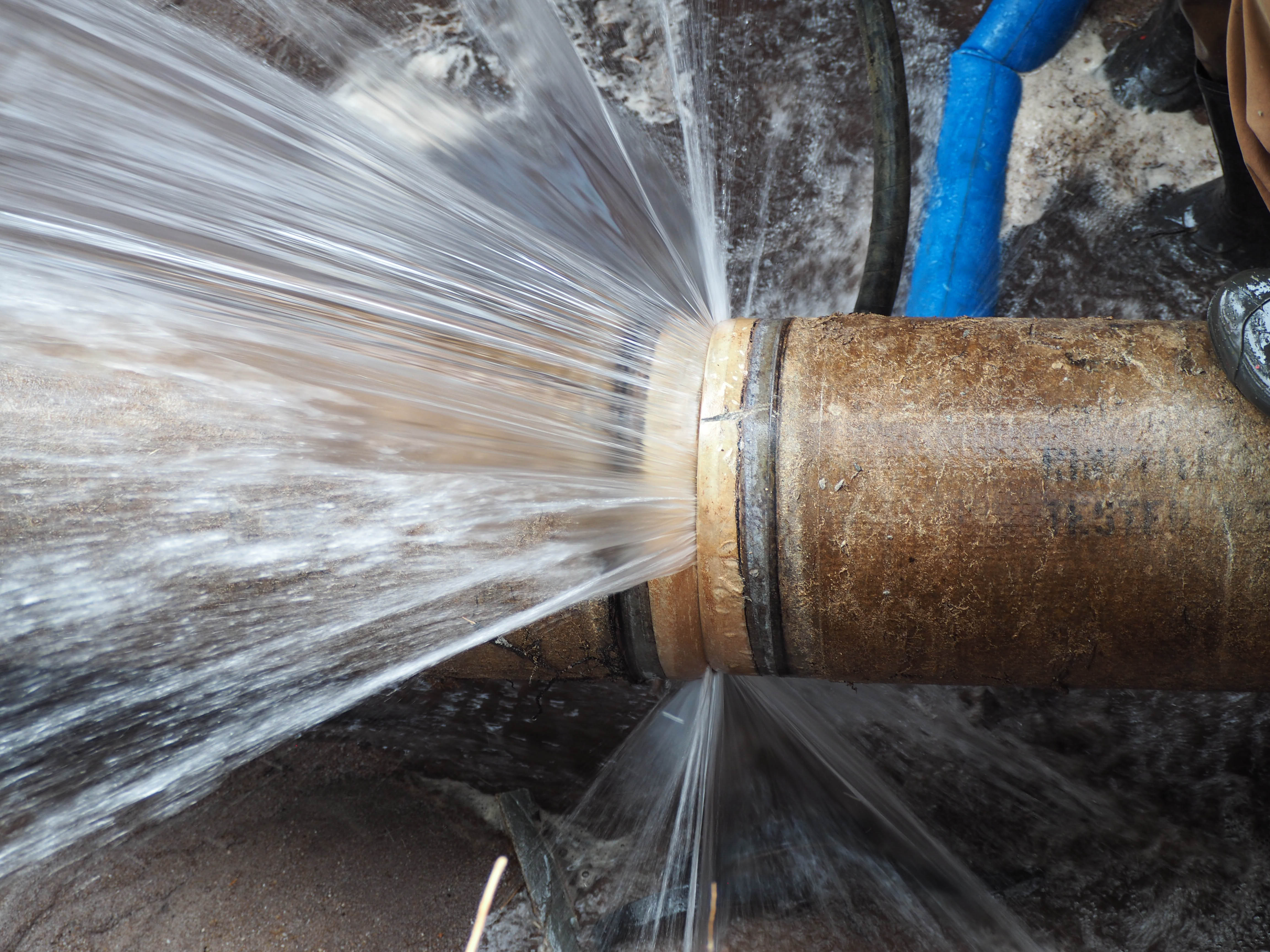Tips for Avoiding Frozen Plumbing in Cold Weather: Specialist Insights
Tips for Avoiding Frozen Plumbing in Cold Weather: Specialist Insights
Blog Article
We have discovered this article pertaining to Winter Plumbing Precautions: Preventing Frozen Pipes directly below on the internet and accepted it made perfect sense to discuss it with you on this site.

Cold weather can ruin your pipes, especially by freezing pipes. Here's just how to stop it from occurring and what to do if it does.
Introduction
As temperature levels decrease, the risk of icy pipelines boosts, possibly bring about expensive repairs and water damages. Recognizing exactly how to stop icy pipes is essential for house owners in chilly climates.
Prevention Tips
Protecting vulnerable pipes
Wrap pipelines in insulation sleeves or use heat tape to protect them from freezing temperature levels. Concentrate on pipelines in unheated or outside areas of the home.
Home heating methods
Maintain interior rooms appropriately warmed, specifically locations with pipes. Open closet doors to permit cozy air to distribute around pipes under sinks.
Just how to determine frozen pipelines
Look for decreased water flow from taps, uncommon odors or noises from pipelines, and visible frost on revealed pipelines.
Long-Term Solutions
Structural adjustments
Take into consideration rerouting pipelines away from exterior walls or unheated areas. Add additional insulation to attics, cellars, and crawl spaces.
Updating insulation
Invest in top notch insulation for pipes, attic rooms, and walls. Appropriate insulation aids maintain consistent temperatures and lowers the threat of icy pipelines.
Protecting Outdoor Plumbing
Garden hose pipes and outdoor faucets
Disconnect and drain garden hoses prior to winter. Mount frost-proof faucets or cover outside faucets with insulated caps.
Recognizing Frozen Pipes
What causes pipes to ice up?
Pipes freeze when subjected to temperatures below 32 ° F (0 ° C) for extended durations. As water inside the pipes freezes, it expands, taxing the pipeline walls and possibly causing them to rupture.
Risks and damages
Icy pipelines can lead to water supply interruptions, residential property damages, and expensive repair work. Ruptured pipes can flooding homes and trigger substantial architectural damages.
Indications of Frozen Pipes
Recognizing icy pipelines early can stop them from breaking.
What to Do If Your Pipelines Freeze
Immediate activities to take
If you believe icy pipelines, maintain taps open to soothe stress as the ice thaws. Make use of a hairdryer or towels soaked in hot water to thaw pipelines gradually.
Verdict
Protecting against icy pipes requires aggressive steps and fast actions. By understanding the reasons, signs, and safety nets, property owners can protect their pipes throughout winter.
6 Proven Ways to Prevent Frozen Pipes and Protect Your Home
Disconnect and Drain Garden Hoses
Before winter arrives, start by disconnecting your garden hoses and draining any remaining water. Close the shut-off valves that supply outdoor hose bibs and leave the outdoor faucet open to allow any residual water to drain. For extra protection, consider using faucet covers throughout the colder months. It’s also important to drain water from any sprinkler supply lines following the manufacturer’s directions.
Insulate Exposed Pipes
Insulating your pipes is an effective way to prevent freezing. Pipe insulation is readily available at home improvement stores and is relatively inexpensive. Pay close attention to pipes in unheated areas such as the attic, basement, crawl spaces, or garage. Apply foam insulation generously to create a buffer against the cold. You can also wrap your pipes in heat tape or thermostat-controlled heat cables for added warmth.
Seal Air Leaks
Inspect your home for any cracks or openings that could let in cold air. Seal any holes around the piping in interior or exterior walls, as well as the sill plates where your home rests on its foundation. Additionally, make sure to keep your garage door closed unless you’re entering or exiting. Leaving it open creates a significant air leak that can lead to frozen pipes.
Allow Warm Air Circulation
During cold snaps, it’s essential to allow warm air to circulate evenly throughout your home. Leave interior doors ajar to promote better airflow. Open kitchen and bathroom cabinets to help distribute heat consistently around the rooms. If you have small children or pets, be sure to remove any household chemicals or potentially harmful cleaners from open cabinets for safety.
Let Faucets Drip
A small trickle of water can make a big difference in preventing ice formation inside your pipes. When temperatures drop significantly, start a drip of water from all faucets served by exposed pipes. This continuous flow helps prevent the water from freezing. Additionally, running a few faucets slightly can relieve pressure inside the pipes, reducing the chances of a rupture if the water inside does freeze.
https://choateshvac.com/6-proven-ways-to-prevent-frozen-pipes-and-protect-your-home/

I was made aware of that article about Preventing and dealing with frozen pipes from someone on a different website. Be sure to set aside a second to share this content if you enjoyed reading it. I recognize the value of reading our article about 6 Ways to Prevent Frozen Pipes.
Schedule Your Service Report this page